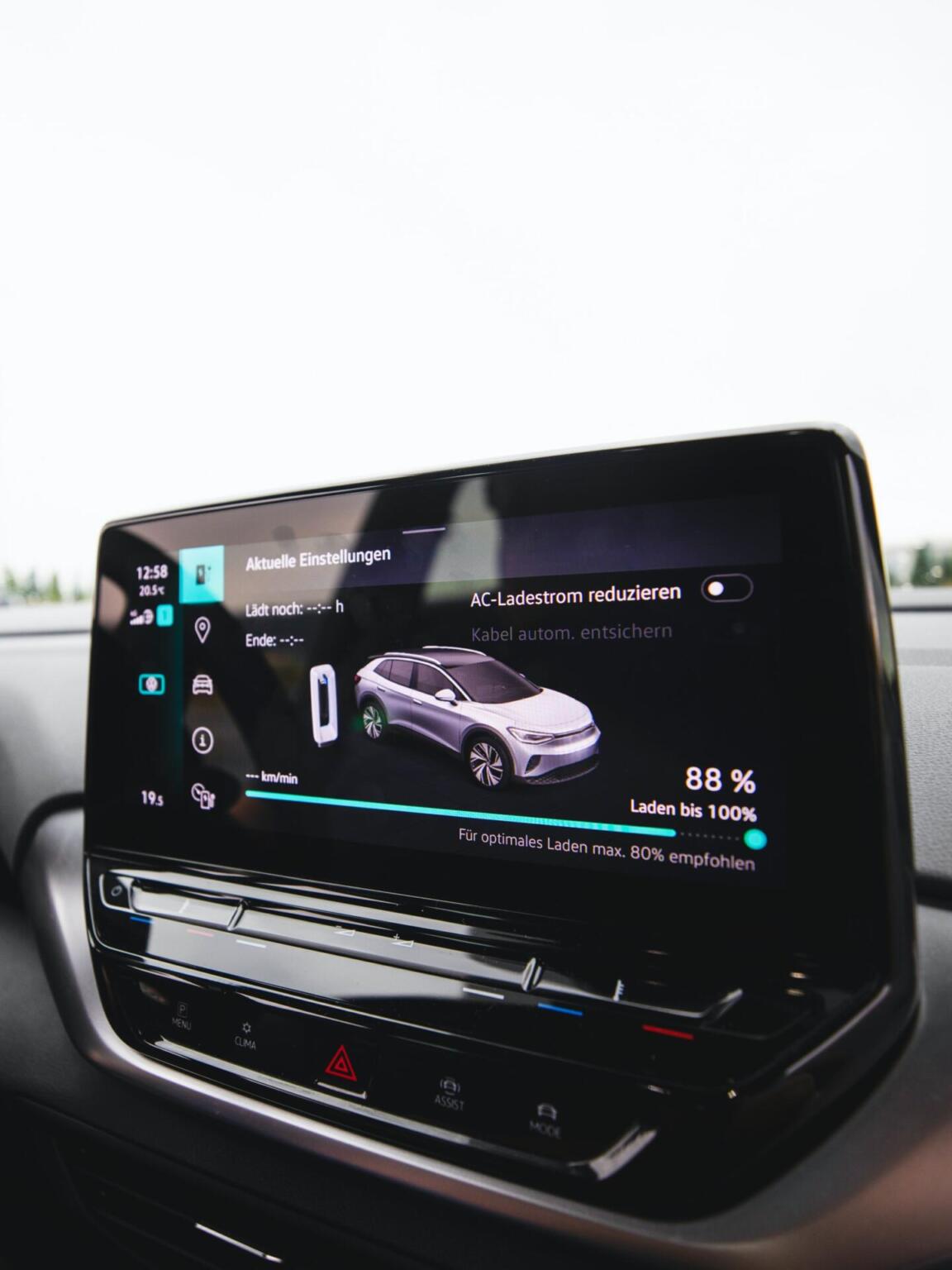Automotive

Hybrid pixel detectors find applications in the automotive industry for various imaging and detection purposes. Their unique characteristics make them suitable for use in automotive imaging systems and safety features. Let’s explore how hybrid pixel detectors and semiconductors are transforming the automotive landscape.
Computed Tomography (CT) Scanning
Hybrid pixel detectors can be used in automotive CT scanning systems for non-destructive testing (NDT) of vehicle components. These detectors can capture detailed X-ray images of internal structures, allowing for the detection of defects, cracks, or structural abnormalities. This helps in quality control during manufacturing processes and ensures the integrity and safety of critical automotive components.
Material Inspection
Hybrid pixel detectors can be employed for material inspection in the automotive industry. These detectors can accurately assess the composition, thickness, and quality of materials used in vehicle components, such as body panels, welds, or engine parts. This helps in quality control during manufacturing processes and ensures the reliability and performance of automotive components.
Battery Monitoring
Hybrid pixel detectors can be used for monitoring the health and integrity of batteries in electric vehicles (EVs). By employing X-ray imaging techniques, these detectors can assess the internal structure and condition of battery cells, identifying potential issues such as cell degradation, thermal runaway, or manufacturing defects. This aids in battery management and ensures the safe and efficient operation of EVs.
Products
Applications
- Non-Destructive Testing
- Quality Assurance
- Computed Tomography

